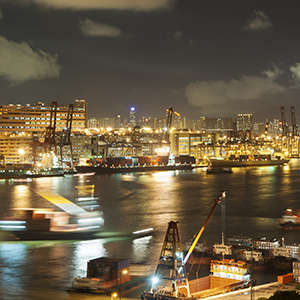How often does anyone really get free money? When you buy something at the store only to find out that you need to fill out the card and mail it in to get the rebate. Most people think about it on the way home and then leave the card on their desk.
But, what is the risk? You may end up giving some information to a company that probably already has your information. You may end up actually getting the money back. It is a minor investment of time to recoup some cash. An interesting statistic says that the majority of people who take advantage of rebates live in households that have an annual income of $100,000 or are between the ages of 35 to 64 and are women. Most of the rebates that go unfiled because of a technicality, it is not completed properly, or the man that gets it can’t be bothered to send it in.
I read another statistic that 70% of companies do not fully utilize trade agreements. When your country enters into a trade agreement with a country that you do business with, or want to do business with. What are your options?







